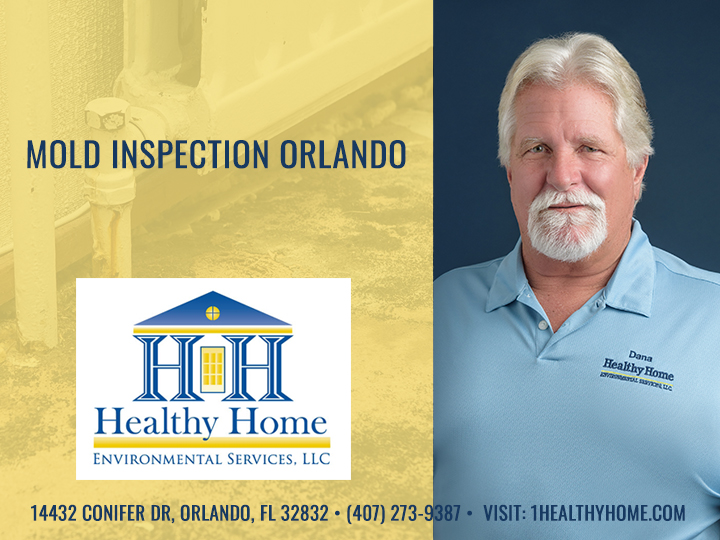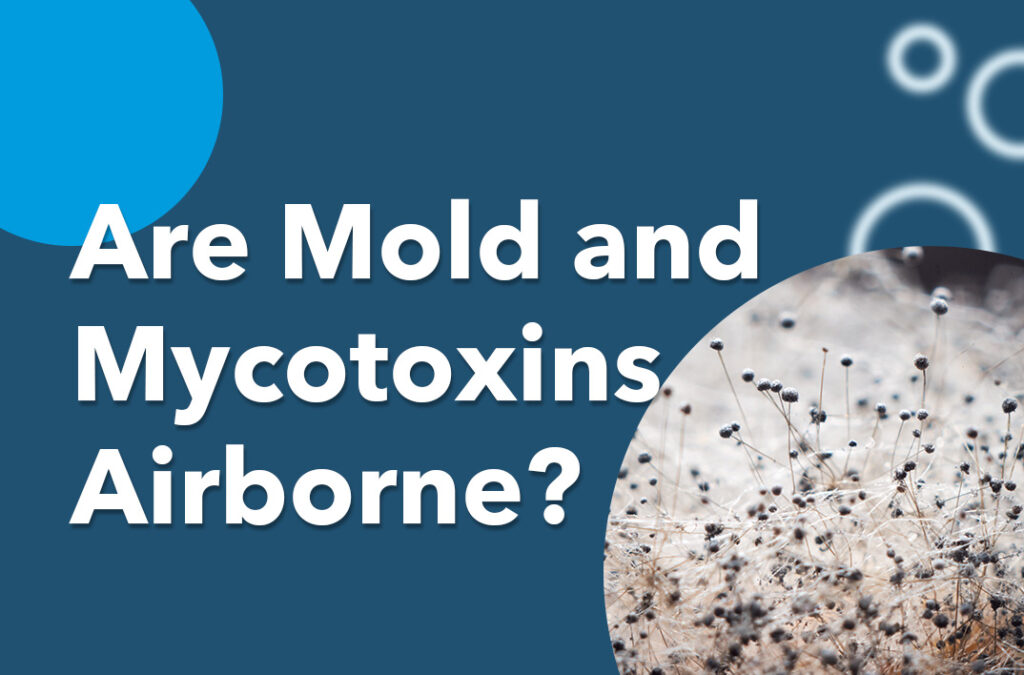Discover the Advantages of Specialist Mycotoxin testing Services Today
Discover the Advantages of Specialist Mycotoxin testing Services Today
Blog Article
Just How Mycotoxin Screening Assists Avoid Contamination and Safeguard Food Supplies

Mycotoxin screening is an indispensable practice in the food market, working as a frontline defense versus contamination by harmful toxic substances generated by mold and mildews. Through the application of innovative methods like High-Performance Fluid Chromatography (HPLC) and Liquid Chromatography-Mass Spectrometry (LC-MS), food manufacturers can properly spot and measure mycotoxin degrees in agricultural products. This proactive approach not just ensures compliance with strict safety and security regulations but also mitigates health risks to consumers. Additionally, regular screening strengthens brand name reputation and financial health by minimizing contamination-related incidents. So, just how specifically do these testing procedures incorporate right into the broader food safety method?
Recognizing Mycotoxins
Understanding mycotoxins begins with identifying that they are toxic second metabolites generated by particular molds, which can contaminate farming products. These metabolites are not essential for the growth or recreation of the fungi however can have extreme ramifications for human and animal wellness. Mycotoxins are frequently located in staple plants such as corn, wheat, barley, and nuts, where they can proliferate under particular problems of dampness and temperature.
There are numerous kinds of mycotoxins, each created by different fungal varieties. Aflatoxins, produced by Aspergillus species, are among the most infamous, understood for their carcinogenic properties. One more considerable group consists of ochratoxins, created by Aspergillus and Penicillium varieties, which have nephrotoxic effects. Fusarium varieties create trichothecenes and fumonisins, both of which are related to numerous intense and chronic health issues.

Threats of Mycotoxin Contamination
The dangers of mycotoxin contamination are multifaceted, posturing considerable threats to both food safety and security and public health and wellness. Mycotoxins, toxic substances produced by specific types of fungi, can infect a broad range of agricultural items including grains, nuts, spices, dried out fruits, and coffee.
Financial effects are another major problem. Contaminated plants can result in significant financial losses for farmers and food manufacturers as a result of decreased returns and the need for expensive purification measures. International trade can be dramatically hindered as countries impose stringent mycotoxin laws to protect their populations, leading to turned down deliveries and stretched profession relations.
Environmental aspects such as environment adjustment exacerbate the danger of mycotoxin contamination. Variants in temperature level and moisture can develop favorable conditions for fungal growth, enhancing the probability of contamination occasions. Therefore, understanding and minimizing these risks are important for making certain the safety and integrity of global food supplies.
Methods of Mycotoxin Checking
Accurately identifying mycotoxin contamination in agricultural products is vital for guarding public wellness and maintaining food safety standards. Various methods are employed to discover and measure mycotoxins, each offering details benefits and restrictions.
High-Performance Liquid Chromatography (HPLC) is a commonly made use of technique because of its high sensitivity and accuracy. It includes separating mycotoxins from other materials in an example, enabling accurate metrology. Likewise, Liquid Chromatography-Mass Spectrometry (LC-MS) incorporates fluid chromatography with mass spectrometry to offer detailed molecular details, making it especially helpful for identifying several mycotoxins concurrently - Mycotoxin testing Services.

Gas Chromatography-Mass Spectrometry (GC-MS) and Thin-Layer Chromatography (TLC) are likewise utilized, each with distinct applications. GC-MS is efficient for unstable mycotoxins, while TLC offers a simpler, cost-effective choice for initial testing.
Benefits of Regular Testing
Normal screening for mycotoxins in agricultural products offers countless advantages, substantially adding to public health and wellness and food safety. By identifying contamination early, normal testing helps prevent the circulation of hazardous foods, thus decreasing the risk of mycotoxin-related ailments amongst consumers. This aggressive technique look at these guys not only safeguards human wellness however also boosts the general quality of food products.
Various countries and regions have actually developed strict limitations for mycotoxin degrees in food and feed. Adhering to these limitations via normal testing makes sure that vendors and manufacturers meet legal requirements, therefore avoiding penalties and profession obstacles.
Additionally, routine mycotoxin screening can lead to considerable financial advantages. Early detection of contamination enables prompt intervention, minimizing possible losses from prevalent contamination. Implementing regular testing procedures can additionally minimize recall expenses and associated responsibilities, which can be monetarily devastating.
Additionally, routine testing supplies useful information that can educate better agricultural practices and storage conditions. By comprehending patterns of contamination, producers can adopt preventive actions, therefore reducing future threats and adding to the sustainability of the food supply chain.
Executing Evaluating Protocols
Implementing effective mycotoxin screening methods is vital for making certain the safety and security and high quality of agricultural products. Developing a robust testing structure entails several essential actions, beginning with the identification of potential contamination factors within the manufacturing and supply chain. This includes pre-harvest, post-harvest, storage space, and circulation phases. Each phase has to be inspected to identify where mycotoxin contamination is most likely to take place.
As soon as vital control points are recognized, selecting ideal screening methods is crucial. Typical techniques consist of enzyme-linked immunosorbent assay (ELISA), high-performance liquid chromatography (HPLC), sites and mass spectrometry (MS) Each approach has its weaknesses and toughness; thus, picking the right one depends on the certain mycotoxin being evaluated, the called for level of sensitivity, and available sources.

Last but not least, integrating the testing protocols right into a detailed food safety monitoring system is a good idea. This enhances traceability and makes it possible for quick corrective actions when contamination is detected, therefore protecting the honesty of the food supply chain.
Final Thought
Mycotoxin testing is crucial in preventing contamination and protecting food materials by making it possible for very early detection of damaging toxic substances generated by mold and mildews in agricultural products. Routine testing improves brand name online reputation, financial stability, and trust in food safety by reducing contamination-related losses and preserving high criteria in food manufacturing.
Mycotoxin testing is an important technique in the food sector, serving as a frontline defense against contamination by damaging contaminants generated find this by molds. An integrated method including agricultural methods, storage management, and regular screening can alleviate the dangers associated with mycotoxin contamination, ensuring food security and public health.
The dangers of mycotoxin contamination are multifaceted, posing considerable dangers to both food security and public health and wellness.Regular testing for mycotoxins in farming products provides numerous advantages, significantly adding to public health and wellness and food safety.Mycotoxin screening is necessary in stopping contamination and protecting food supplies by making it possible for very early discovery of damaging toxins generated by mold and mildews in agricultural items.
Report this page